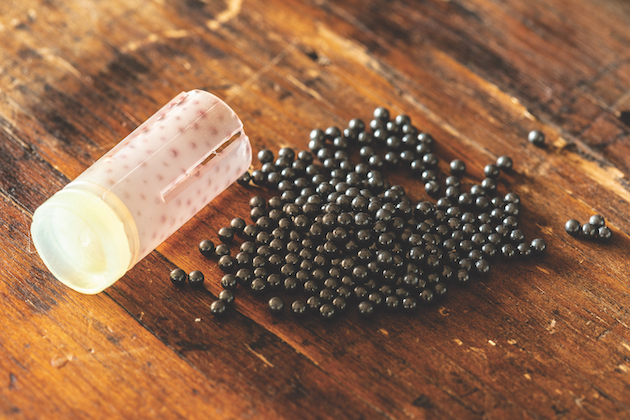No increase in wounding with steel
Don’t take my word for it — an in-depth, data-crunching US study has found no increase in the wounding of mourning doves shot using steel, writes Alasdair Mitchell

Customers must be made aware of the risks of steel shot
A reader was intrigued by my brief mention of a massive US study comparing the performance of lead and steel shotgun ammunition on live mourning doves. He was surprised that I said the study had found no increase in wounding with steel.
Well, I was quoting the researchers, whose findings were based on observations in the field. The official title of the study was ‘A comparison of lead and steel shot loads for harvesting mourning doves’. It was commissioned by the Texas Parks and Wildlife Department and cost half a million dollars. You could buy a mountain of ballistic gel for that, but why settle for modelling when you can have the real deal?
The researchers measured the results on real birds under typical hunting conditions. The study was designed by one of the US’s top shotgun ballistics experts and took the most commonly used lead dove load as the baseline. The hunting took place in the 2008 and 2009 seasons, and 53 dove hunters, selected at random, fired more than 5,000 unmarked 12-bore cartridges. They were each accompanied by a game biologist equipped with a laser rangefinder. These observers recorded the outcome of each shot. Shots were fired at typical hunting ranges, with the mean being 32 yards. More than 1,100 doves were X-rayed. Data crunching ran into 2012. Peer review scrutiny took a further two years.
The final paper was published in the Wildlife Society Bulletin in March 2015. Here is the official abstract: “With approximately 100 million shots fired at mourning doves annually, it is incumbent on managers to determine whether changes in ammunition will substantially alter harvest metrics or hunter satisfaction. We compared harvest metrics for one lead (7½, 32g) and two steel (7 and 6, 28g) 12-gauge ammunition types using a double-blind field test in central Texas, US. There were no differences in the number of attempts, or number of shots fired among ammunition types.
“Hunters were unable to distinguish the ammunition type being used and we detected no relationship between ammunition and level of hunter satisfaction. Field analyses detected no difference in doves bagged per shot, wounded per shot, bagged per hit or wounded per hit among the three ammunition types. Necropsy analyses detected no difference in the proportion of birds with through-body strikes, mean penetration depth of through-body strikes or mean embedded pellet depth among ammunition types.
“Ammunition and choke combinations that produced higher pattern densities yielded more hits per shot and produced more total strikes per bird, resulting in a higher percentage of birds with embedded pellets, more embedded pellets per bird and a higher proportion of birds with broken legs. All three ammunition types retained sufficient lethality to harvest mourning doves under typical hunting conditions.
“Our results demonstrate that when the ammunition type used provides sufficient lethality for pellets to penetrate vital organs, pattern density becomes the primary factor influencing performance.”








